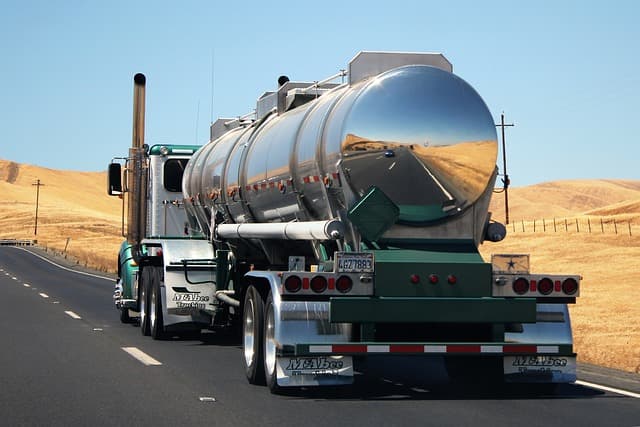Cooling and injection systems are critical components of commercial vehicles, ensuring reliable engine operation and maintaining optimal temperature conditions. In this article, we will review the main aspects of cooling and supercharging systems in trucks and their importance for reliable operation.
Cooling system
The cooling system provides temperature control for the engine, preventing overheating and ensuring optimal operating conditions. It consists of the following main components:
- Radiator. The main component of the cooling system that removes heat from the hot cooling fluid, usually antifreeze, by means of air currents.
- Fan. Responsible for maintaining proper air velocity through the radiator for optimal cooling.
- Thermostat. A valve that regulates the temperature of the coolant. It closes when the engine is cold to speed up warming up and opens when the temperature reaches a set point.
- Water pump. Responsible for circulating coolant through the system.
Service lines and hoses. Transfer coolant from and to the components of the cooling system.
Plenum system
The supercharger system, also known as the supercharger system, increases the volume of air entering the engine cylinders. This improves combustion efficiency and increases power. The supercharging system can be of two types:
- Turbocharging. Uses engine exhaust gases to drive a turbine that forces air into the cylinders.
- Compressor. Uses a mechanical drive, such as a belt, to drive a compressor that blows air.
Importance of cooling and supercharging systems
Cooling and supercharging systems play an important role in the operation of a truck engine. Inadequate cooling can lead to engine overheating and serious damage, and inadequate air injection can reduce engine power and increase fuel consumption.
Regular maintenance and inspection of your cooling and supercharger systems can help prevent breakdowns, improve performance, and extend the life of your truck.
Cooling and plenum systems are critical truck components that keep your engine running reliably and efficiently. Regular maintenance and diagnosis of these systems will help prevent breakdowns and keep your truck running smoothly. Remember, if any problems are detected, it is important to contact a professional service station, such as TruckX, for expert assistance and repair.
Keeping Your Truck Cool: A Guide to Truck Cooling
If you are a truck driver, you know how essential it is to keep your vehicle cool. You don’t want to spend long hours driving in a space that is too hot to bear. Moreover, the overheating of the engine could lead to serious problems. However, keeping the truck cool is not always an easy task. In this blog post, we will discuss all the essential things you need to know about truck cooling to ensure that you protect your investment and keep your vehicle running smoothly.
Understand Your Truck’s Cooling System
The first step to keeping your truck cool is to understand how the cooling system works. Your truck’s cooling system comprises several parts, including the radiator, water pump, thermostat, and coolant. These components work together to regulate the temperature of the engine and prevent it from overheating.
Maintenance is Essential
Maintaining your truck’s cooling system is essential to keep it functioning smoothly. Regular maintenance ensures that the system is cleaned and checked for leaks. A regular checkup of the radiator, thermostat, and fan belts could help identify problems that need repairs before they escalate.
Use Appropriate Coolant
The type of coolant you use is critical in keeping your truck cool. Using a high-quality coolant that is compatible with your vehicle could help prevent overheating and engine damage. Check the label to ensure that the coolant you choose meets the recommended standards for your truck.
Don’t Overload Your Truck
Overloading your truck could cause the engine to overwork, which leads to overheating. Be sure to increase the weight of the load gradually and keep it in the recommended limits.
Park in a Shaded Area
If you are parking your truck, choose a shaded area to avoid heat build-up. Avoid parking where the sun hits for an extended period. Instead, consider a parking space under a tree, shade sail, or an indoor parking garage.
Conclusion
In summary, keeping your truck cool is essential in protecting your investment and ensuring that your vehicle runs smoothly, and you don’t suffer from the heat during long drives. Regular maintenance, proper coolant, and parking in shaded areas are some of the ways to keep your truck cool. Understanding the key systems of your vehicle is vital in identifying problems and making the necessary repairs. By following these guidelines, you will prolong your vehicle’s lifespan and avoid the stress of an overheated truck.
